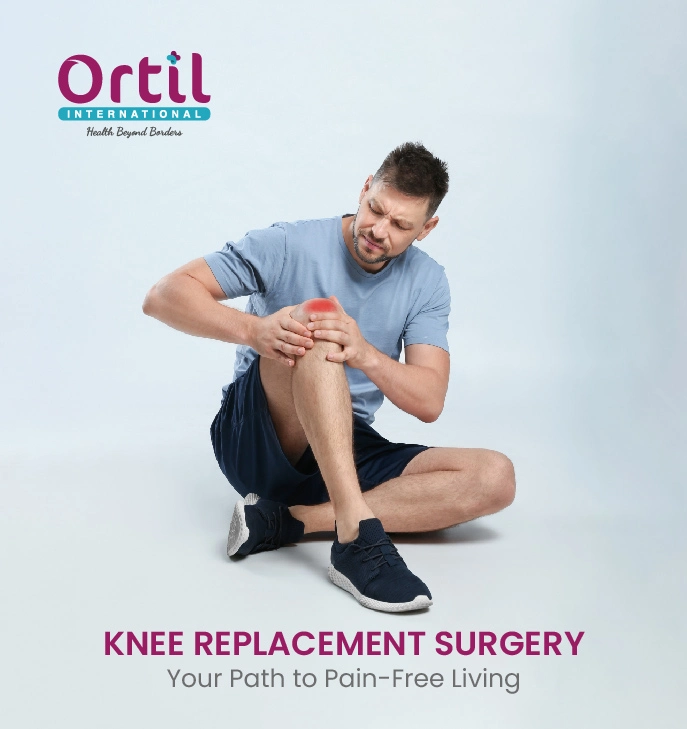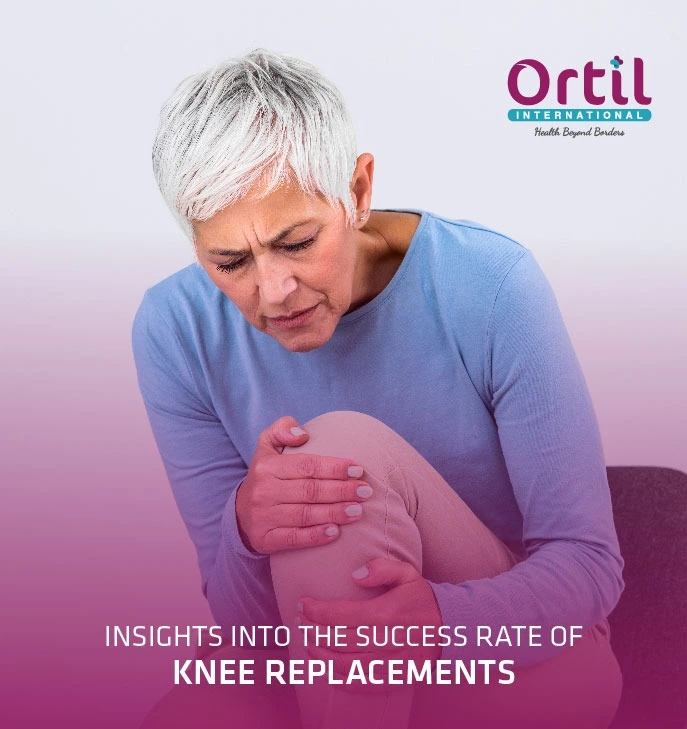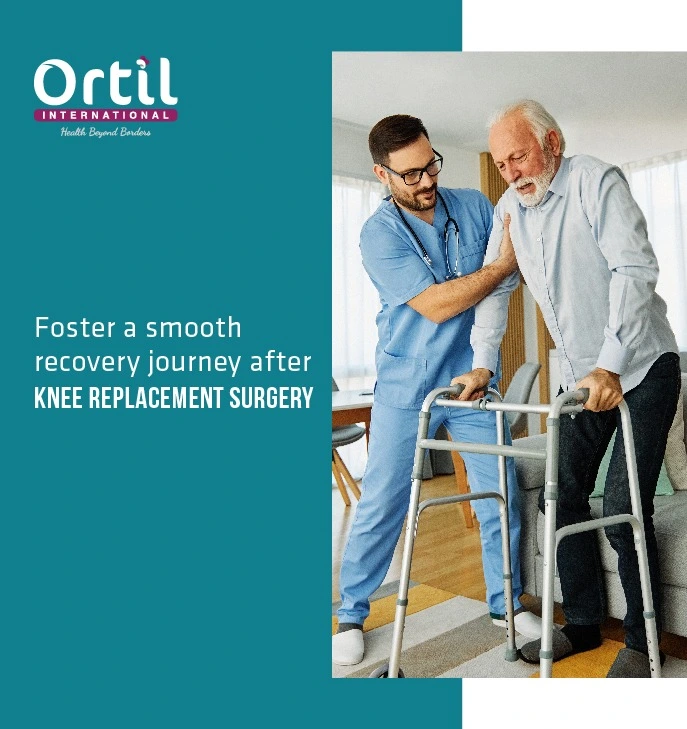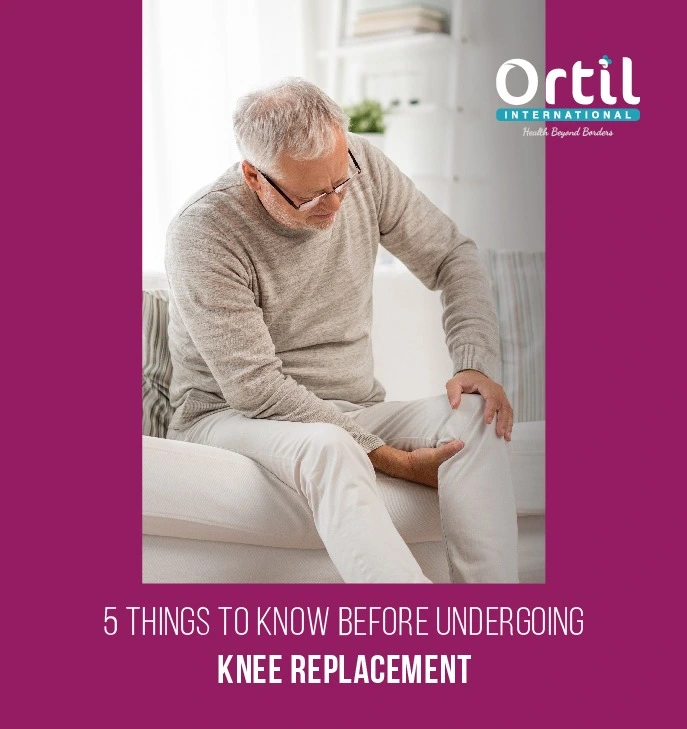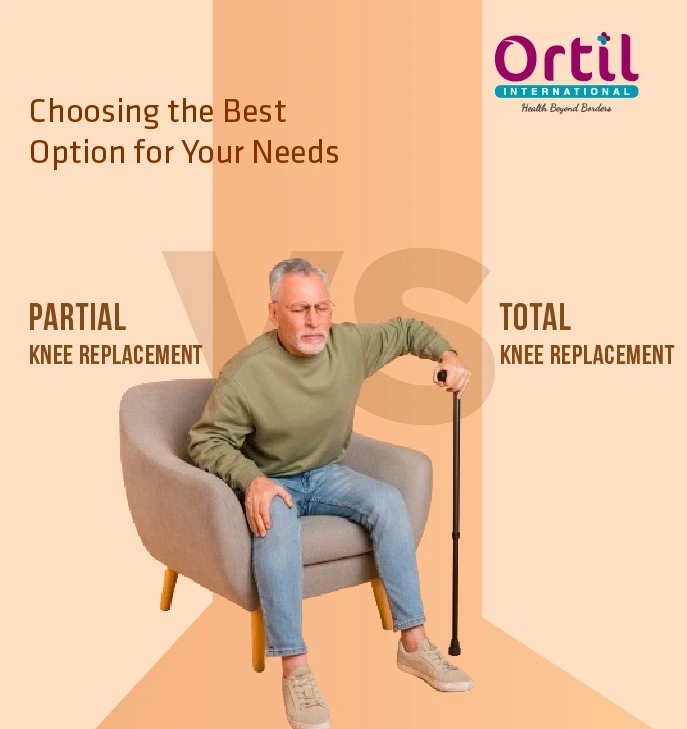Do’s and Don’ts after Knee Replacement Surgery
Knee replacement surgery is performed when a damaged knee joint causes severe pain and limited mobility. In the procedure, a new artificial knee is replaced with the damaged knee, which performs the same function as the natural knee joint.
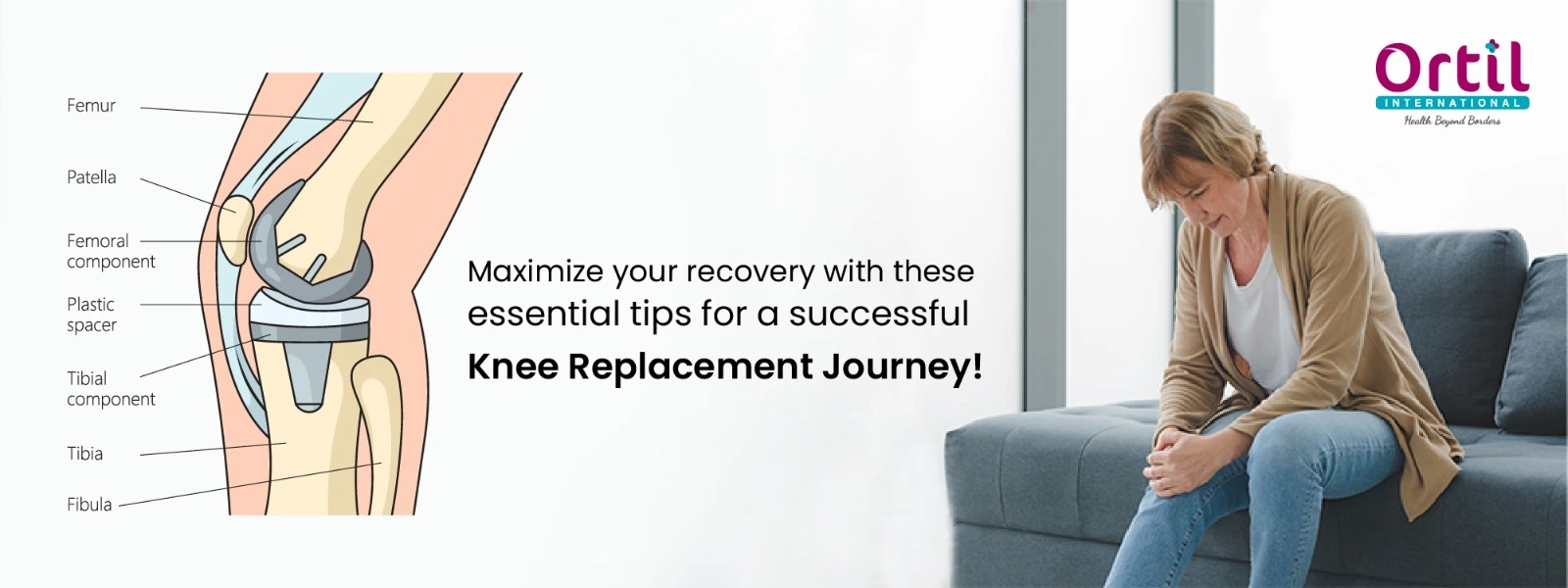
Knee replacement surgery is a highly successful procedure performed in orthopedic settings. Still, some precautions must be taken after the surgery to minimize the chances of complications and speed up the recovery process.
Let’s discuss some of the do's and don’ts after knee replacement surgery
Do's after Knee Replacement Surgery
Here are some of the do’s after knee replacement surgery that you should follow to recover faster without any complication or delay.
- Elevate the Leg: you should raise your involved leg to improve circulation. It also helps in reducing swelling.
- Movement: Move your feet to decrease the risk of blood clot formation and knee muscle stiffness.
- Icing: Use ice to reduce swelling and soreness after surgery. Icing also helps in reducing pain.
- Walking: Start walking with support on the same day of knee replacement surgery. It also helps improve circulation, which promotes healing.
- Medications: Take prescribed pain medications to manage pain and reduce knee joint swelling.
- Physical Therapy: Start physiotherapy sessions immediately after knee replacement surgery to increase the life of the new knee joint and strengthen the muscles around it.
- Support: Use support to prevent falls and injuries while walking.
- Healthy Diet: Follow a healthy and balanced diet rich in fibers and liquids to prevent constipation, which can occur due to anesthesia used in surgery.
- Wound Care: You should care for your wound's hygiene and report to your doctor immediately if you have a fever, redness, or discharge from the wound.
- Home Safety: Remove objects and furniture at your home that can be a problem. Create extra space for movement, and remove small items that can cause falls.
- Follow the Surgeon’s Instructions: Follow your surgeon’s guidelines and attend follow-ups as instructed by your doctor.
- Comfortable Sleeping Position: Sleep on your back or side with a pillow between your legs to support the new knee joint and prevent discomfort.
Don'ts after Knee Replacement Surgery
There are also some precautions that should be in your mind after knee replacement surgery. Let’s discuss don’ts from the do's and don’ts after knee replacement surgery in detail:
- Do not twist and do Forceful Activities: Avoid activities that involve twisting your leg or activities that can put excessive force on your operated knee.
- Do not perform heavy exercises initially: if they cause pain. Gradually increase the load on the knee joint according to your physical therapist’s advice.
- Avoid High-Impact Activities: Do not perform high-impact activities or sports such as running or jogging even weeks or months after knee replacement surgery.
- Do not Drive: do not drive for a few months after knee replacement surgery.
- Monitor Pain and Swelling: Do not ignore excessive pain and swelling, and immediately contact your doctor to avoid complications.
- Avoid Leg Crossing: Do not cross your legs for at least six weeks after surgery to prevent unnecessary stress on the new knee joint.
- Moderate Physical Activity: Engage in physical activity, but do not overdo it. Listen to your body and take breaks as needed to prevent harmful load.
- Limit Knee Bending: Avoid bending your knee more than 90 degrees during the initial recovery.
Conclusion
Knee replacement surgery is a successful procedure performed worldwide to relieve severe pain and limit mobility in patients with damaged knee joints. Some do’s and don'ts after total knee replacement help in the recovery process and also avoid unnecessary complications that can delay the healing.
FAQ's of Do's and Don'ts after Knee Replacement
Can you Bend Down after a Knee Replacement?
Patients should not bend their knees more than 90 degrees in their initial phase of recovery.
Can you Walk too much after Knee Replacement Surgery?
Walking on the same day after surgery is recommended, but overdoing can cause problems.
Should I Sleep with My Leg Elevated after Knee Surgery?
Patients should sleep on their back or side with a pillow between their legs.
Can you Climb the Stairs after Replacing your Knee?
Climbing the stairs is not recommended in the initial phase of recovery after knee replacement.
Are There Any Permanent Restrictions after Knee Replacement Surgery?
No, following proper guidelines, instructions, and exercise sessions can help avoid permanent restrictions after knee replacement surgery.












